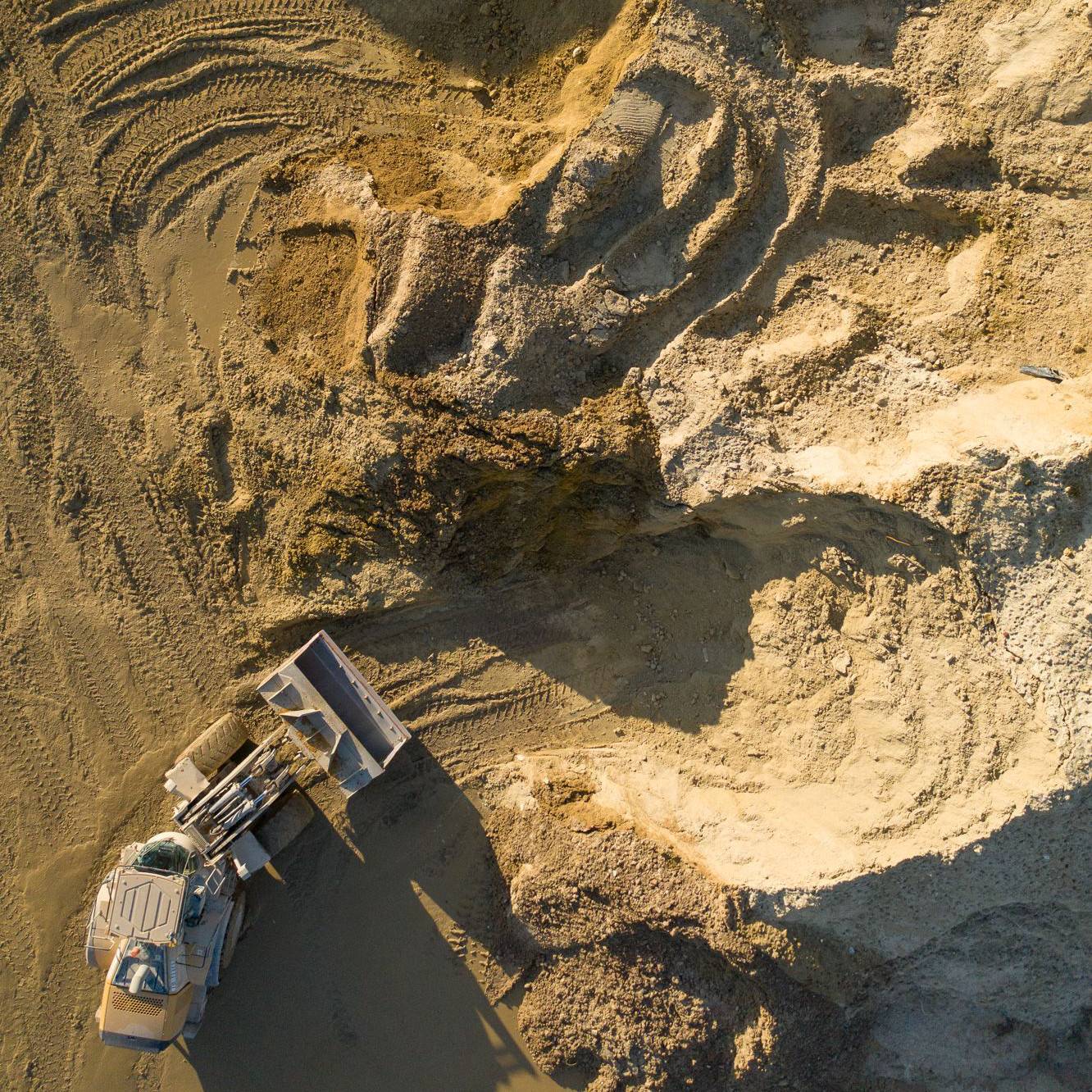Brussels has a rich history (and a promising future!) in the management of its raw materials. There used to be quarries for sand, clay and stone in various parts of the region: the placename Sablon/Zavel, for example, refers to a fine-grained sand.
During archiweek 2022, we want to spotlight projects past and present that can provide inspiration for the circular and local use of materials. A fine example is Rouge-Cloître/Rood Klooster Abbey, which was built on a spot where water, wood and stone as well as sand, clay and lime were available in the immediate vicinity.
Not so long ago, building was an activity that involved many local players (craftspeople, labourers, residents, institutions, etc.). People living nearby were engaged in the process and forged a close bond with the site as it was developed. The place became familiar to them, something they felt part of: there was an enduring and trusting relationship between people and environment. What has become of that relationship of trust, that sense of ownership? What alternative building processes can help us to rediscover this bond? 'Brussels is mine' aims not just to re-establish the relationship with our construction materials, but also with the very process of building.
By highlighting the raw materials and construction methods present in Brussels, our aim is to point the way towards potential solutions for an ecological and social transition. In other words, we want to make it possible to 'read' Brussels in terms of these raw materials and building methods. With that in mind, we urge you to explore the city, its built environment and the surrounding landscapes and to see them as one giant material repository and a melting pot of social interaction. Along the way, you'll discover historical and contemporary architectural projects that fully incorporate local raw materials, put people first and offer a win-win combination of beauty and sustainability.
Sustainable building materials can be divided into three categories.
Geo-sourcing
Geo-sourced materials consist of mineral raw materials found naturally in the ground, such as sand, clay and stone. In the past, these locally extracted substances were the main building materials. Today too, soil excavated from Brussels building sites can be recovered and used as a construction material. These raw materials are available locally, and local producers can transform them into building materials with a low environmental impact. For example, Brussels is built on large geological strata containing valuable Brusselian sand and Yperian clay.
 © Thomas Noceto
© Thomas Noceto
Bio-sourcing
Bio-based materials are building materials derived from renewable biological resources. These raw materials can be cultivated and harvested in a short time; they grow continuously and are naturally abundant. Examples include wood, straw, grass, hemp and algae. If we manage this 'wood mine' carefully, we have at our disposal a local 'quarry' offering a steady surplus of high-quality materials.
 © Hub.brussels / Sonian Wood
© Hub.brussels / Sonian Wood
Urban sourcing
Urban-sourced materials are materials that are already present in existing buildings. A lot of energy has already been used to produce, transport and install them. Brussels has a rich building heritage containing a vast quantity of high-quality materials. By 'harvesting' these during renovation or demolition projects, we have direct access to locally available building materials without the need to open new quarries or launch production processes. This bank of materials contains 'vintage' building components and elements with a much lower environmental impact than new materials.
 © Olivier Beart / RotorDC
© Olivier Beart / RotorDC
Inspiration
Until well into the 19th century, people built using natural materials and items recovered from existing buildings. The Industrial Revolution and the increasing use of fossil energy led to this know-how and practice being lost. By reactivating this dormant knowledge and showcasing experiments and innovations that make use of it, we aim during archiweek 2022 to spark debate among architects and within wider society.
If you would like to learn more about the subject, we recommend consulting the following sources, references and books for inspiration:
BC – short for Brussels Cooperation – is BC architects & studies & materials.
BC is a hybrid practice consisting of an architecture firm (BC Architects), an experimental and educational lab (BC Studies) and a cooperative producing circular materials (BC materials) from waste and residue streams. BC aims to reshape the construction process by experimenting and building in different contexts and with different programmes, actors, techniques and partnerships. The team always works in direct symbiosis with the environment, local resources, residue streams, craftspeople, workers and designers. BC aims to continually push the boundaries of building culture while incorporating geographical contexts, processes and techniques.
Founded and based in Brussels (but enriched by experiences and insights from abroad), BC believes that cities – and this city in particular – should be more than just 'consumers', importing materials from far-away places and dumping them in far-away places after use. BC is also a producer (the productive city) and a recycler that recovers and creates value from its assets (so-called 'waste'), fostering prosperity and well-being for people and society and having a positive impact on the environment.
Core team for archiweek 2022:
Chloë Ballyn, Laurens Bekemans, Anton Maertens, Henri Uijtterhaegen, Jasper Van der Linden
